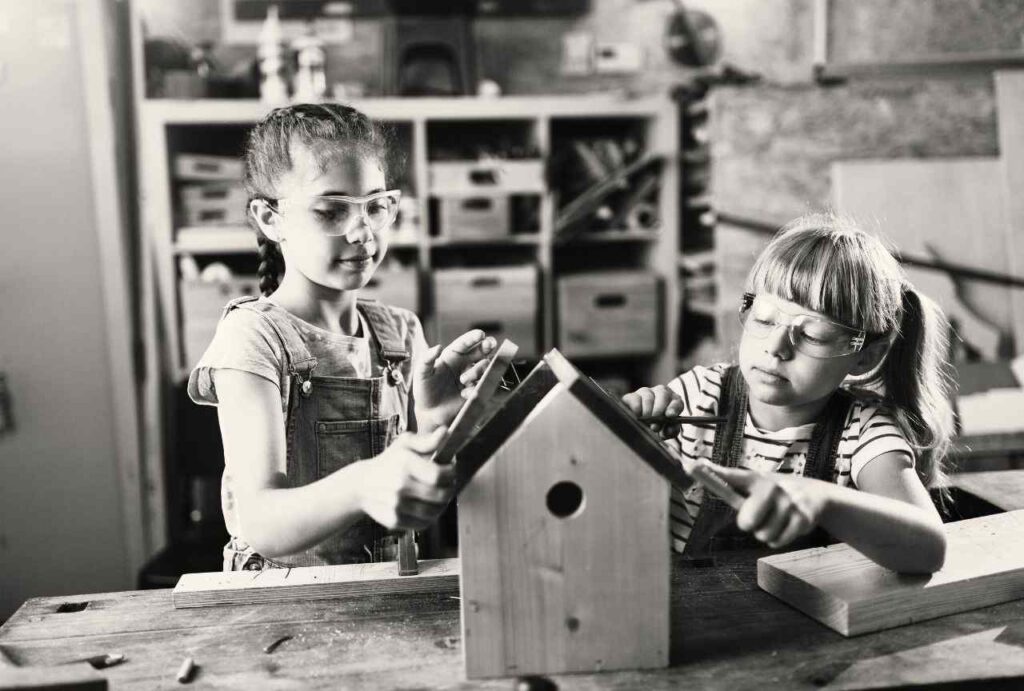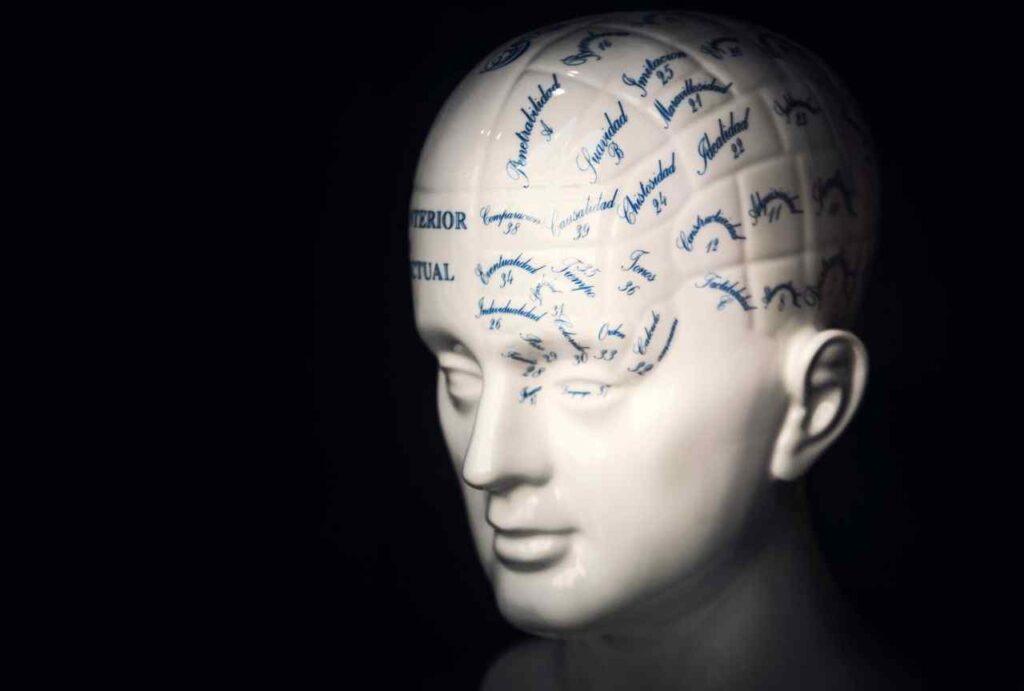There was a time when schools focused not only on academic excellence but also on shaping character, discipline, and real-world skills. Education used to be more practical, teaching young people how to manage homes, speak properly, work with their hands, and understand social values. Many of those subjects have quietly disappeared from classrooms, replaced by broader or more technology-driven studies.
Over the years, educational priorities shifted toward digital literacy, standardized testing, and academic competitiveness. As a result, some traditional subjects were either dropped or transformed into modern equivalents that only capture a small part of what they once offered.
10 Subjects That Don’t Exist Anymore
1. Home Economics
Home Economics became a standard part of education in the early 1900s, especially across the United States and Europe. It taught students essential life skills such as cooking, sewing, budgeting, nutrition, and household management. During the mid-20th century, Home Economics classes were viewed as preparation for adulthood, helping students develop self-sufficiency and an understanding of daily responsibilities.
By the 1980s, as gender roles evolved and education systems modernized, Home Economics began to fade. It was gradually replaced with subjects like Family and Consumer Sciences, which introduced broader topics such as financial literacy and personal health. While some schools still teach these modern versions, the practical, hands-on lessons that once helped generations learn to care for themselves and their families have largely disappeared.
2. Latin
For centuries, Latin was considered the cornerstone of education. From the Middle Ages through the early 20th century, it was taught widely in schools across Europe and North America. Latin was once essential for anyone pursuing law, theology, medicine, or literature, as many academic and scientific terms originated from it. Students studied Latin grammar, translation, and classical texts to strengthen their understanding of language structure and vocabulary.
By the mid-1900s, Latin began to lose its place in the classroom as education systems focused on modern languages such as French, Spanish, and German, which offered more practical use in global communication. Today, Latin is still taught in some private or classical schools, but often as an elective rather than a core subject. Despite its decline, its influence remains strong, shaping much of English vocabulary and the terminology used in medicine, science, and law.

Also Read: Forgotten Professions: 20 Jobs That No Longer Exist
3. Penmanship (Cursive Writing)
Before the digital era, penmanship was a vital part of the school curriculum. In the 19th and much of the 20th century, students spent hours mastering cursive writing using ink pens and lined notebooks. Good handwriting was seen as a reflection of discipline and intelligence, and lessons focused on precision, spacing, and the beauty of written letters.
With the rapid rise of computers and typing in the 1990s and 2000s, schools began to remove penmanship from their programs. Many students today learn only basic print writing, as typing skills are now viewed as more practical. However, some educators and historians argue that cursive writing supports fine motor development and cognitive memory, leading to renewed discussions about bringing it back in some schools.
4. Elocution
Elocution was once taught as an important art of speaking clearly, confidently, and persuasively. It gained prominence in the late 1800s and early 1900s when strong oral communication was viewed as a sign of education and social standing. Students practiced pronunciation, tone, pacing, and body language, often reciting poetry or speeches as part of their training.
By the 1970s, elocution classes became less common as public speaking evolved into a broader discipline. Modern education replaced them with communication studies, debate clubs, and drama classes that focus more on content and confidence than strict pronunciation. Although elocution as a subject has largely disappeared, its legacy continues through speech therapy, media training, and presentation skills workshops used in professional and academic settings today.
5. Woodshop (Carpentry Class)
Woodshop, also known as carpentry class, was once a staple in middle and high schools during the mid-20th century. It gave students hands-on experience in working with wood, tools, and machinery, teaching both creativity and craftsmanship. Beyond building furniture or small projects, students learned patience, problem-solving, and attention to detail.
By the 1990s, the number of woodshop classes began to drop sharply due to budget cuts, liability concerns, and a growing focus on academic and technological subjects. Today, its modern equivalent exists in some vocational or technical education programs, often under the name of Design and Technology or Industrial Arts. While the tools may be more advanced and safety rules stricter, the sense of pride in creating something tangible remains the same wherever the craft continues.

6. Etiquette and Manners
In earlier decades, etiquette and manners were considered an important part of formal education. Schools, particularly in the early to mid-20th century, dedicated time to teaching how to speak respectfully, behave in social settings, and show courtesy to others. These lessons were often part of character education, aiming to build well-mannered citizens who could navigate both personal and professional relationships with respect.
Over time, as societies became more casual and focused on individual expression, etiquette classes disappeared from most schools. Today, lessons on communication and respect are often integrated into broader subjects such as social-emotional learning or life skills education. While the formal training on manners has faded, the principles it aimed to teach empathy, respect, and self-awareness remain just as relevant in modern classrooms.
7. Moral Education
Moral Education was once a fundamental part of the curriculum, especially during the late 19th and early 20th centuries. These lessons were designed to teach honesty, integrity, kindness, and civic duty. They often reflected the values of the community and were supported by both educators and parents as an essential part of personal development.
As schools became more secular and culturally diverse during the second half of the 20th century, direct moral instruction began to fade. Educators shifted toward broader courses that addressed ethics and social responsibility in more neutral ways. Today, topics once covered in Moral Education are often part of programs like social-emotional learning, citizenship education, or philosophy for children. While the structure has changed, the goal of guiding students toward empathy and ethical behavior remains central to modern education.
8. Abacus and Mental Arithmetic
Before calculators and digital devices became part of everyday life, students learned arithmetic using the abacus. This ancient tool, dating back thousands of years, helped students develop speed and accuracy in mathematical calculations. Abacus training reached its educational peak during the early 20th century, particularly in Asia and Europe, where it was viewed as an essential foundation for logical thinking and problem-solving.
With the rise of electronic calculators in the 1970s, abacus instruction was gradually replaced by modern math curriculums. However, the practice still exists in some countries such as Japan, China, and India, where abacus and mental arithmetic programs are valued for improving concentration and cognitive performance. While most schools no longer rely on this traditional tool, its influence continues in teaching methods that encourage mental calculation and numerical agility.
9. Phrenology
Phrenology appeared in the early 19th century as a scientific subject that claimed to study personality traits through the shape of the skull. It became especially popular in Europe and the United States between the 1820s and 1850s, when many educators and physicians believed that the brain’s structure determined intelligence and character. Some schools and private institutions included it in their lessons as a part of early psychology and anatomy studies.
By the late 19th century, scientific research exposed phrenology as inaccurate and unscientific. It gradually disappeared from academic programs as psychology evolved into a legitimate science based on evidence and experimentation. While phrenology no longer exists as an educational subject, its early influence contributed to public interest in understanding human behavior, which later shaped modern psychology and neuroscience.

10. Metalworking
Metalworking was a common subject throughout much of the 20th century, especially in secondary schools with strong vocational programs. Students learned how to use lathes, welders, and hand tools to shape and create metal objects. The subject combined technical skill with creativity and often prepared students for industrial or engineering careers. It was also valued for teaching patience, precision, and problem-solving.
During the 1980s and 1990s, metalworking began to decline as schools shifted their focus toward academic and technology-based education. Concerns about safety, cost, and space also contributed to its removal from general curriculums. Today, its legacy continues through specialized trade schools, engineering programs, and manufacturing technology courses that use advanced machinery and digital design. Although it no longer holds a place in traditional classrooms, its spirit lives on in modern technical education and skilled craftsmanship.
Looking back at these subjects reveals how deeply education has changed. Each one reflects a time when learning was closely connected to growth, practical skills, and community values. While today’s schools prepare students for a digital and globalized world, the lessons from past curriculums highlight something timeless: education is most powerful when it balances knowledge with character, creativity, and real-life skills and understanding.



